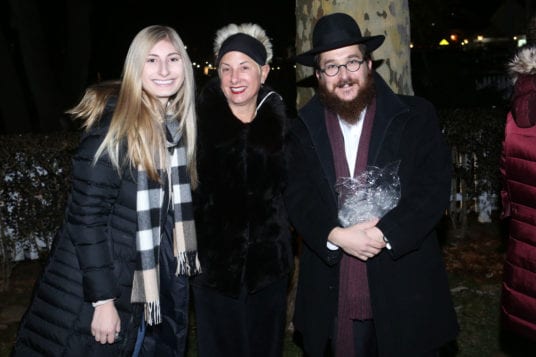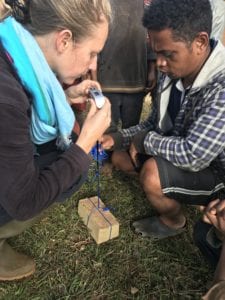For a 7-year-old Setauket resident, it wasn’t enough that Minnesauke Elementary School was collecting coats just for children. He felt a drive should be organized to collect outer garments for all ages and sizes, so he started one of his own.
“I thought if we do a drive for any type of coat it would help more people,” Holden Cone said.
Helping more people is exactly what the second-grader did. When his month-long coat drive ended Dec. 17, he had bags filled with 179 coats.
It all started when Holden told his parents Chauncy and Christina his idea. He said they began researching online how to organize a gently worn coat drive and found the website for the nonprofit One Warm Coat that connects those interested in conducting drives with reputable organizations. They discovered they could donate coats to the Hauppauge-based organization Long Island Cares Inc.
“We were very proud of the fact that he wanted to start something on his own and make it more inclusive, not just a kids’ drive,” his father said. “He wanted to help as many people as he could.”

Holden said he and his dad hung up fliers and put 101 more in mailboxes. He also put a sign on the family’s front lawn directing contributors to place coats in a bin on the porch.
In addition, his mother said Holden spoke to her and her husband’s students at Smithtown West High School, where they are both teachers, about the drive. She said she was proud of how he presented the project and many of their students contributed to the cause.
While he hasn’t been able to meet the majority of those who donated because many just left coats on the family’s porch, Holden said one person wrote a thank you on one of his fliers. His mother said Holden was thrilled when he came home from school every day and saw more coats on the porch.
“I feel happy, because the more coats we get the more people we help in the world,” Holden said.
His mother said the family wishes they could thank everyone in person who helped with the drive.
“It’s just a testament to our community,” she said. “I was just commenting to someone the other day how I love our neighborhood. I love our neighbors. They picked up on this and then jumped right in.”
William Gonyou, community events and food drive manager for Long Island Cares, said the number of children organizing projects like Holden’s is slowly growing, and he hopes the 7-year-old’s coat drive will inspire other youngsters to do the same.
“It’s always so wonderful and humbling to hear when young children stand up for other people,” Gonyou said. “There is so much need on Long Island, and to learn of somebody so young realizing that, and choosing to do something about it is very inspiring. Students like Holden will be the future social advocates of the world, and seeing them start so early in life is a great sign of much needed changes on Long Island.”
At press time, the Cone family’s van was loaded with bags of coats, and they said they were planning to bring them to the Long Island Cares office before Christmas. When it comes to the visit, Holden said he isn’t looking for praise.
“I don’t care what they say, because I’m just happy I’m helping people,” he said.






















































